
Sushi Rei restaurant in HCMC uses 4,500 cypress tiles
Tucked away in an alley in Ho Chi Minh City is a humble building on a narrow strip of land where a two-storey office once stood. After six months of renovation, the unappealing office building became Sushi Rei, a reservation-only restaurant serving premium sushi. Each dish is prepared by a skilled Japanese chef with ingredients sourced all the way from Tsukiji Market daily.

Sushi Rei’s architect, Joe Chikamori, converted the low office with an adjacent garage into three spaces meant to maximize the restaurant’s customer experience: the single-storey main building, the pond, and the private dining annex. While staying true to Japanese standards of sushi restaurants, Chikamori deviated from the traditional design of Japanese sushi places. The small restaurant stands out in a city with sushi joints popping up everywhere.

The 79.2-sqm restaurant’s exterior is unpretentious. Wood, glass, and steel mark the fenestration on the raw cement facade. The main door is a warm welcoming gesture on the spartan surface. Meanwhile, the steel hemp leaf pattern over the huge glass panels and the annex door add character to the building.
“Hemp leaf pattern is also popular as Japanese traditional element and is often used for wooden joinery, like sliding doors. At Sushi Rei, I applied it with a gray steel lattice at the facade window. It retains a sense of Japanese tradition but strays from it with the size and material choice,” Chikamori says in an email interview.
The door to the main building opens to a narrow foyer concealing the bathroom. To the right is the main dining area with an intimate bar counter—a stage for the chef. “Dining in a traditional sushi restaurant is a special experience for the Japanese, seeing the chef’s skill right before our faces in a kind of tensed atmosphere,” Chikamori adds.

“My client wanted to realize a high-quality sushi restaurant. The initial request was to make some private rooms on the existing top floor. But I proposed to remove the upstairs and instead make one high volume dedicated to a counter with only eight seats and build a new annex as private room at the existing porch which has a dedicated doorway.”

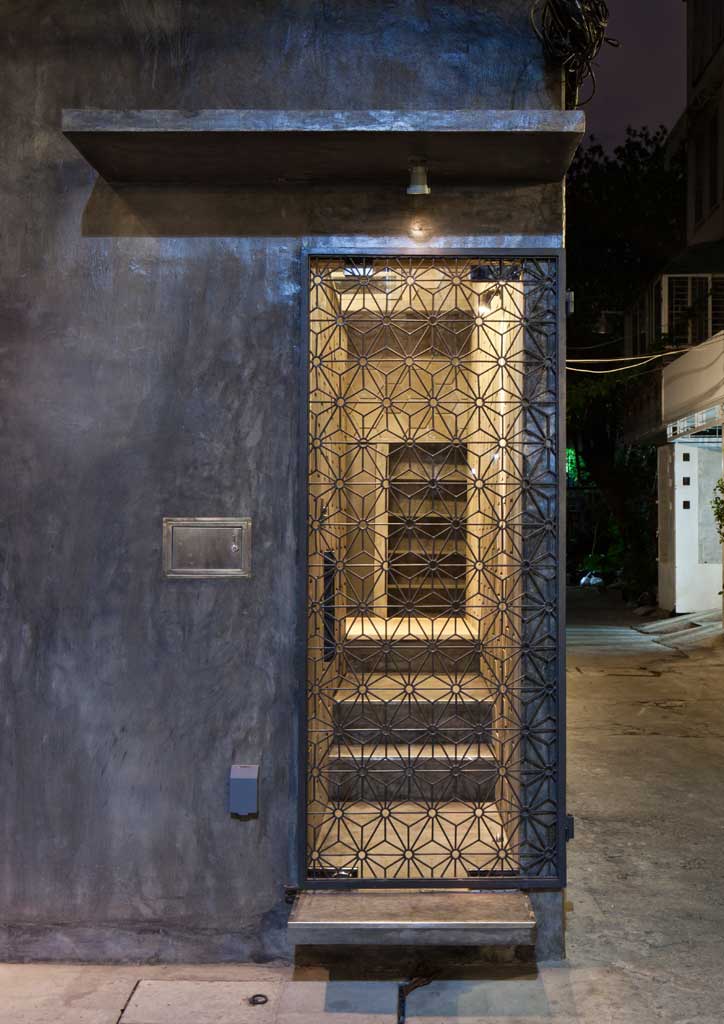
The monochromatic color of mortar everywhere creates a clean and coherent space. And to further emphasize the chef, Chikamori used a lighter backdrop. Instead of timbers and clay walls which are often seen in conventional sushi restaurants, the architect used Japanese cypress—a specific request from the client.
“So, while I followed it, I designed fish-scale cypress tiles,” Chikamori explains. The playful reference to the source of the sushi was produced locally by those who specialize in brick roof tiles.
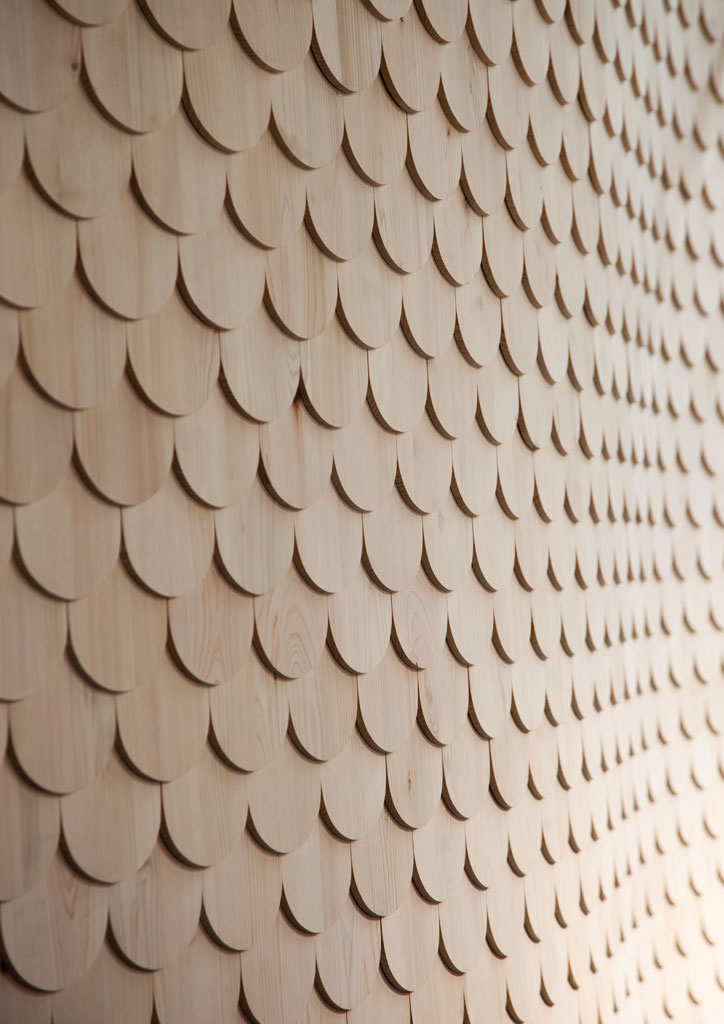
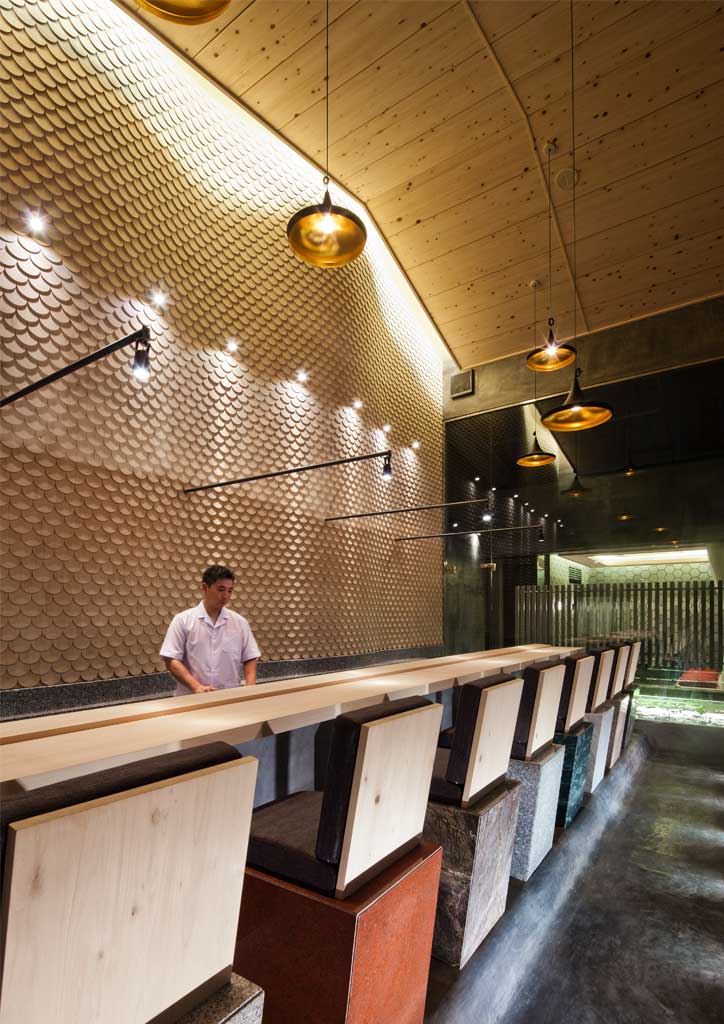
A small pond enclosed in glass and concrete connects the main building to the private dining annex. Chikamori also installed a retractable awning above the pond that lets in more natural light into the restaurant.
In the annex, hexagonal patterned cement tiles (hexagons being a traditional Japanese design element) were installed. “But, cladding the wall with hexagonal patterned cement tiles is my idea, and it’s not common in Japan,” the architect shares. The 6-person private dining also features a traditional dining setup with a chabudai (low-legged table) in the middle with a shallow pit for the guests’ feet.
“The client also required me to use Japanese cypress, especially for the counter. So, while I followed it, I designed fish-scale-like cypress tiles. It’s simply an inspiration from fish, and far away from traditional Japanese style,” Chikamori explains. He utilized the Vietnamese technique for roofing brick roof tiles into tiling the the fish-scale wooden tiles on the wall with some adjusting idea.
“All was basically based on local techniques and we applied them,” he says. “Or, they have a technique for producing cement-tile at factory, so we brought some tools to the site and tried our own composition of ingredients to get the right color, texture, and strength I wanted.”
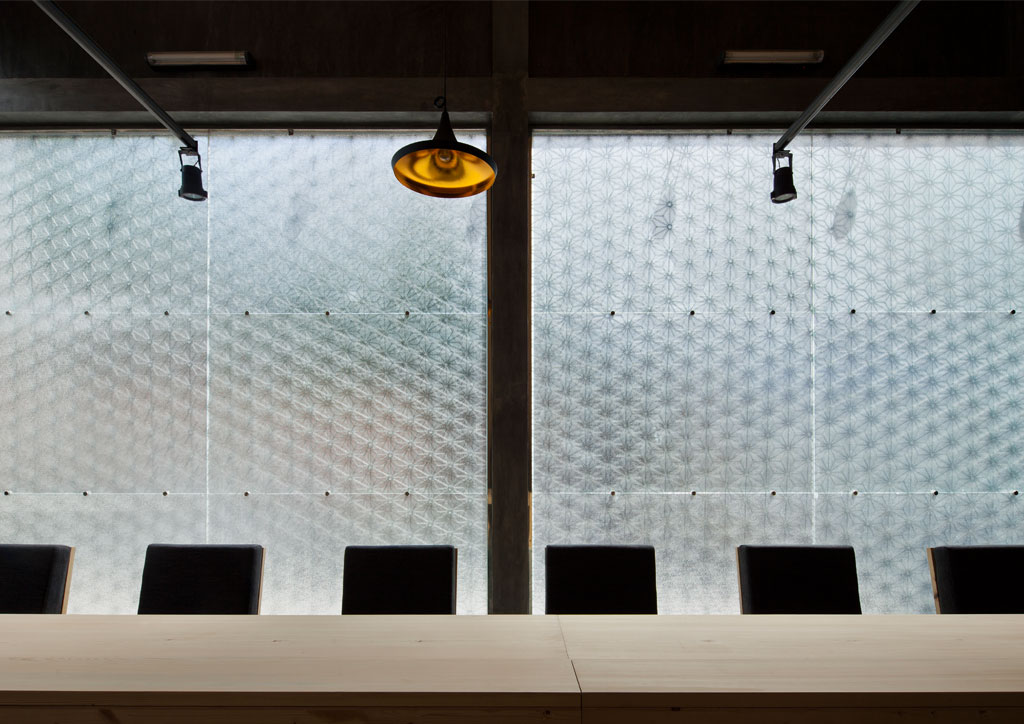


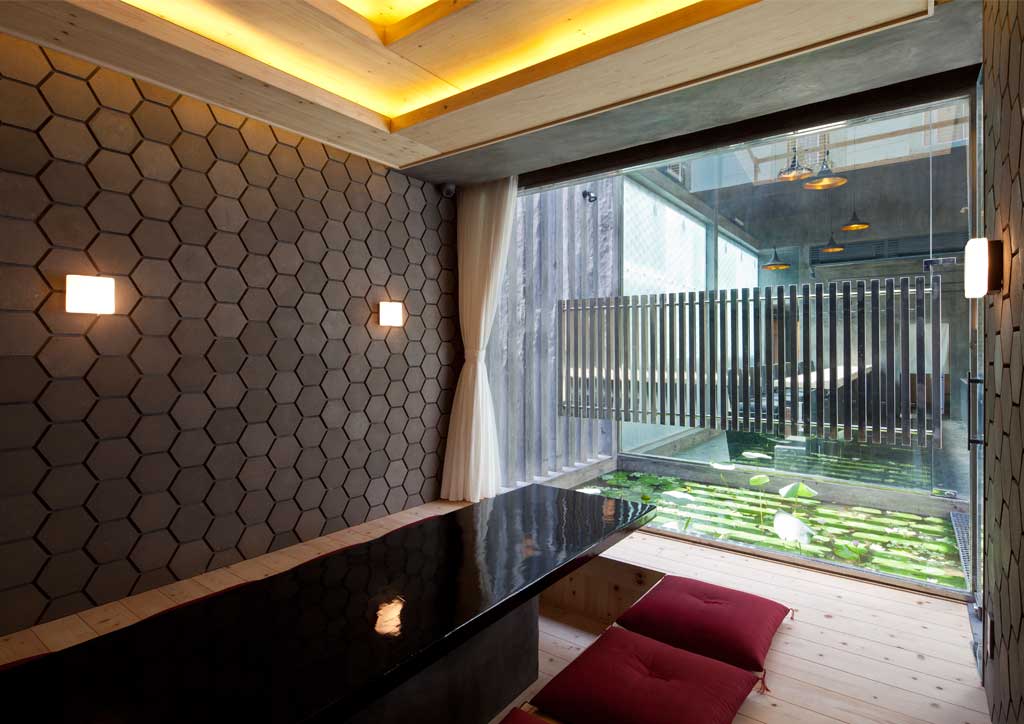
“I basically want to try something new with constructing every project, material or technique-wise. And for Rei, I’ve tried a lot of material finishes which are new for both the local workers and I. So each finishing required many times of sample-making to reach the intended quality. Usually for tiny interiors, up to three months is enough; but, Sushi Rei took six months. And I was basically at the site every day to observe and correct the workers’ work to reach the best,” the architect recounts.
Many customers recognize the job done in Sushi Rei. “I sometimes find compliments like, ‘the best sushi experience as if I were in Japan,’ on websites like TripAdvisor. They are surprised with finding Japanese quality interiors in such hidden alley in Vietnam,” he shares. ![]()
Design team
Architect: Joe Chikamori/07BEACH
Contractor: 07BEACH, Nguyen Phung Duy Bao, Tran Ngoc Hai Duong(M&E)
Timber supplier: MUKU
Building details
Location: District 1, Ho Chi Minh City, Vietnam
Construction type: Renovation (main building), Newly-built (annex)
Completion date: December 2014
Floor area: 79.2sqm


